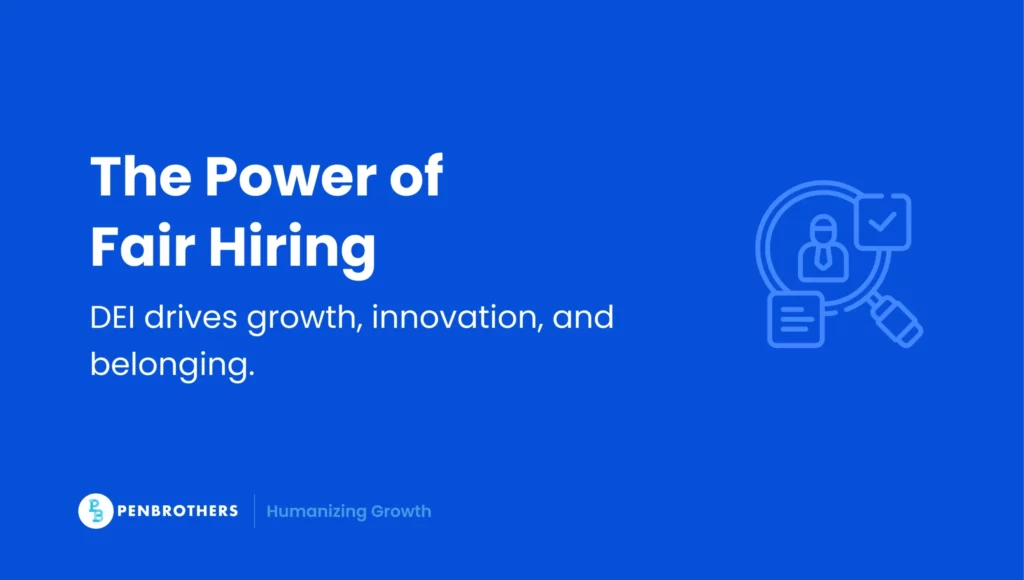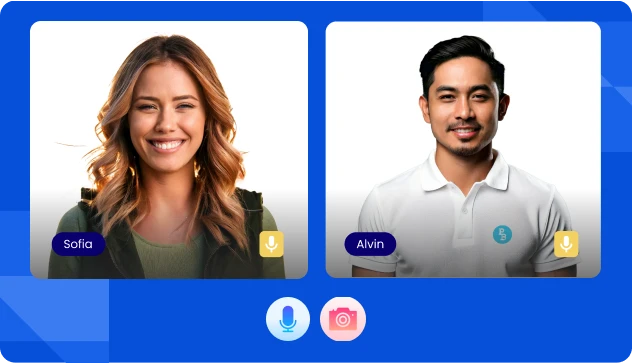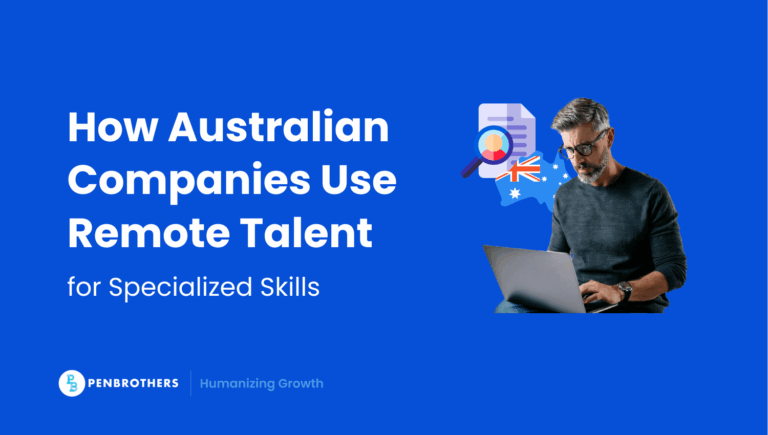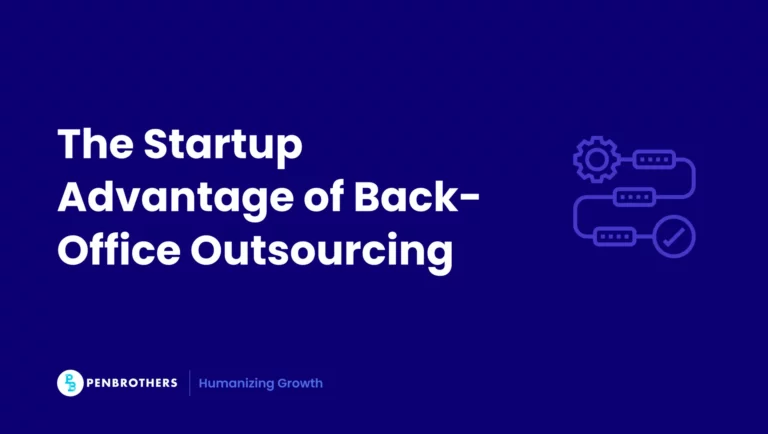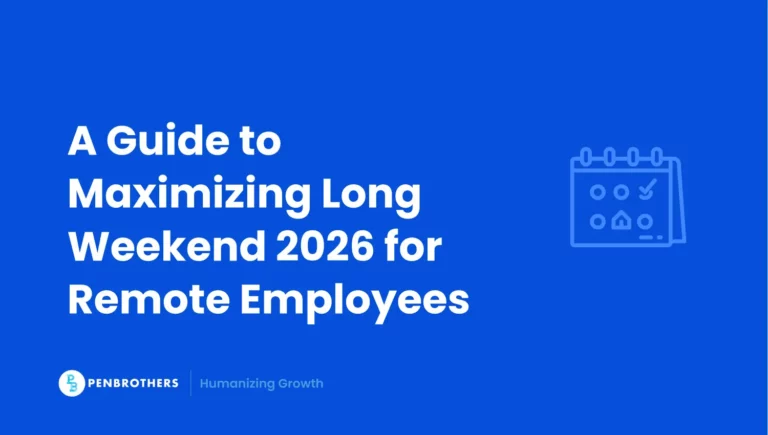A Hard Look at Equity in Remote Recruitment
“What is DEI hiring?” It’s the question every hiring manager asks, and most answer with vague jargon, polished headcount goals, and a few stock photos of “diverse” teams on their career page.
But here’s the truth: DEI hiring isn’t about looking inclusive. It’s about hiring with intent, impact, and power-sharing.
If you’re managing remote teams or scaling global talent, performative inclusion won’t cut it. This is not about putting diverse faces in Zoom squares. It’s about removing barriers, restructuring how decisions get made, and actually listening when someone says, “This system wasn’t built for me.”
Let’s break down what DEI hiring really means. What it takes, where it fails, and why most companies still don’t get it right.
DEI Hiring ≠ DEI Strategy: Know the Difference
Let’s clear this up fast: DEI hiring is not your DEI strategy. Strategy is the big picture: your company’s beliefs, mission statements, and policies.
DEI hiring is tactical. It’s how you attract, select, and onboard talent with equity in mind.
It’s about how the job is written, where it’s posted, who interviews, how offers are evaluated, and whether your systems actively include or automatically exclude.
If your DEI strategy doesn’t touch hiring infrastructure. Spoiler alert: It’s not a real strategy.
Equity ≠ Equality: Here’s Why That Matters in Hiring
Let’s get controversial: treating everyone the same is not fair. It’s lazy.
Equity means adjusting for context, resources, and opportunity gaps. Equality is giving everyone the same application process. Equity is realizing:
- A candidate in rural Philippines with dial-up WiFi won’t perform the same on a timed coding test as someone in London with fiber internet.
- A single mom in Brazil might not shine in a 9 a.m. EST group interview, but would crush an async recorded Q&A.
- An introvert from a non-Western culture might struggle to “sell themselves” in a panel if you haven’t trained your interviewers for global communication styles.
If your process favors the loudest, fastest, or most polished in a Western format, you’re not hiring for talent. You’re hiring for privilege.
Why DEI Hiring Fails (And What to Do About It)
Let’s stop pretending the failures are a mystery. We know why DEI hiring breaks down:
- Teams get DEI fatigue and quietly stop caring.
- Managers gatekeep with “culture fit” code.
- Execs demand “diverse hires fast” but balk at structural changes.
- Recruiting teams are pressured to hit quotas, not fix systems.
So what happens? We get diversity theater, not transformation.
Fix it by shifting focus:
- Train panels, not just post jobs.
- Compensate ERG leaders for talent referral efforts.
- Add structure to interviews. Audit performance reviews.
- Set hiring metrics that go beyond race/gender tallies.
Intersectionality: Why One-Dimensional Diversity Doesn’t Work
You hired three women. Great. But if all three went to Ivy League schools, are able-bodied, straight, and from the same city. You’re playing diversity Mad Libs, not building real representation.
Intersectionality matters. A queer, neurodivergent, Black woman will experience your hiring process differently than a white woman with an elite tech background.Don’t just count who’s in the room. Look at who gets heard, who feels safe, and who gets promoted.
Devy, a proud LGBTQIA+ employee represents remote Filipino talents for a US-based company while driving growth.
Remote Teams = New DEI Rules
You want a “global” team? Then stop pretending a New York-centric hiring process works worldwide.
Here’s what’s actually happening:
- Time zone bias means candidates from Africa or Southeast Asia get ruled out for “scheduling issues.”
- English fluency becomes a proxy for intelligence.
- Geo-pay policies penalize talent in lower-cost countries without adjusting for inflation or access.
- Video interview standards ignore housing realities—some people don’t have a quiet, private room.
Remote-first doesn’t mean inclusive-first. Audit your process accordingly.
Building Power, Not Just Presence
Hiring a “diverse” candidate and giving them no decision-making power is not inclusive. It’s exploitative.
If your hires aren’t moving into leadership, influencing decisions, or shaping culture, you didn’t diversify your team. You just diversified your org chart.
Build systems that include:
- Transparent promotion paths
- Pay equity audits
- Sponsorship, not just mentorship
- ERGs with budgets and leadership buy-in
Red Flags of Checkbox Diversity
If any of these sound familiar, stop and recalibrate:
- Your only diverse hires are in entry-level roles.
- Everyone on your hiring panel looks the same.
- You lead with DEI in your branding, but not your budget.
- You post Black History Month graphics but can’t name your pay gap.
See how this data manager represents the Philippines in a UK-based powerhouse:
DEI hiring is not a PR campaign. It’s an accountability framework.
Hiring Manager Checklist: Audit Your Process With These 8 Questions
- Who’s actually making the hiring decisions, and how diverse is that group?
- Are your job descriptions free of jargon, gendered language, and location bias?
- Is every candidate evaluated using the same structured rubric?
- Are you tracking who gets second interviews and who gets ghosted?
- Do you give constructive feedback, or just silence?
- Is your offer review process equitable and bias-checked?
- Who’s getting promoted within 12 months and who’s not?
- Who never even applies, and what does that say about your brand?
Final Thoughts: Do You Actually Want a Diverse Team?
Here’s the question most leaders need to sit with:
Are you ready to share power or just polish your diversity numbers?
Because if you’re not ready to:
- Change who’s in the hiring room,
- Invest in different talent pipelines,
- Or accept that inclusion means discomfort for the status quo
Then DEI hiring won’t work. And it shouldn’t. But if you’re willing to build equity into the bones of how you hire? You’ll unlock teams that innovate, challenge, and outperform.
That’s what real DEI hiring looks like. Now, go and do the hard part.


